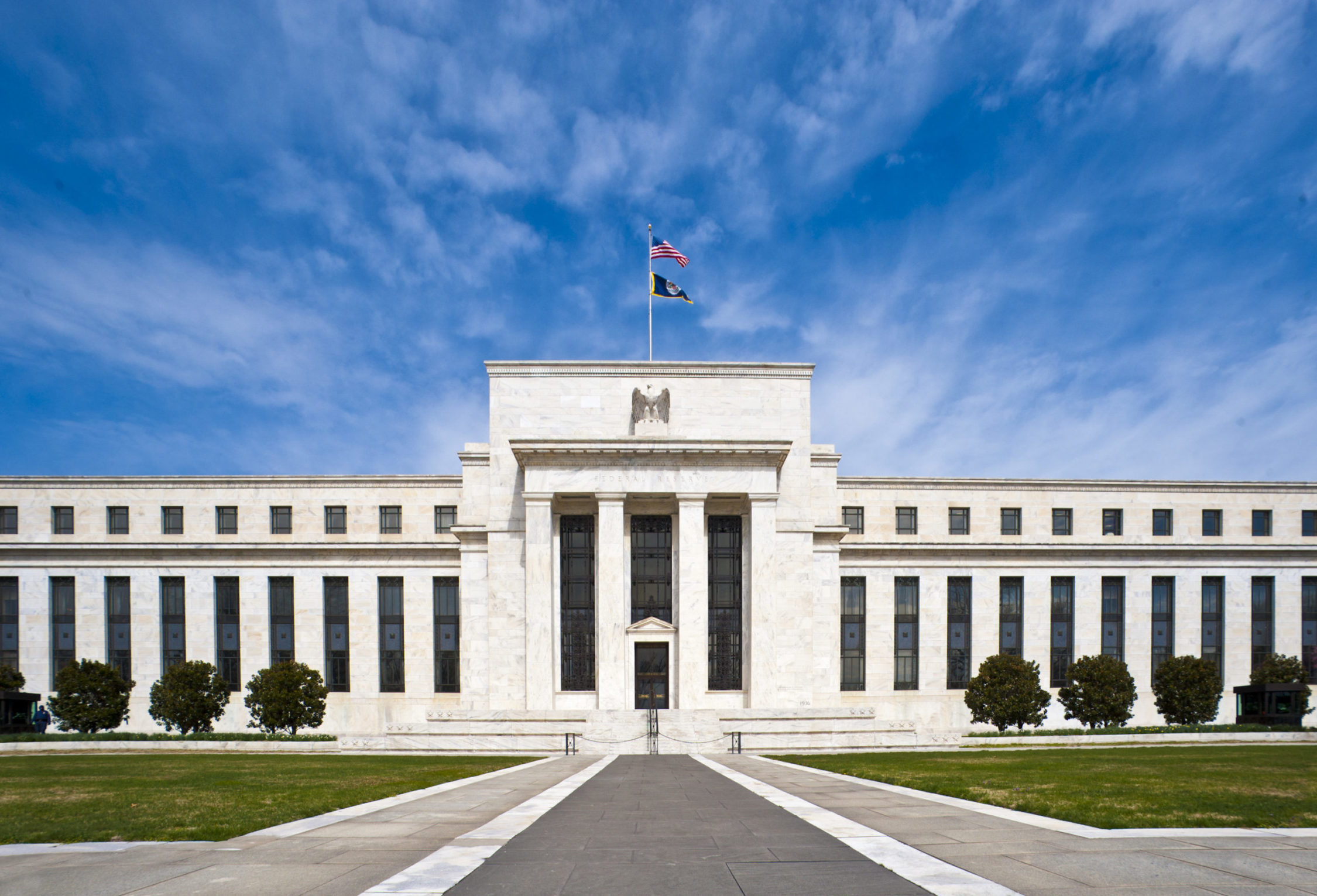The Federal Reserve has poured $6.8bn assets into corporate bond ETFs since beginning its purchases on 12 May however it appears the US central bank is unlikely to go much further.
Between 12 May and 17 June, this $6.8bn has gone into 16 ETFs, nine of which are investment grade and seven are high yield.
The $54bn iShares iBoxx US Dollar Investment Grade Corporate Bond ETF (LQD) has seen the most inflows from the Fed’s purchases through the Secondary Market Corporate Credit Facility (SMCCF) with $1.8bn invested.
According to data compiled by Bloomberg, this makes the Fed the third-largest holder of LQD behind Bank of America and Fisher Asset Management.
The US central bank is also the second largest investor in the $29bn Vanguard Short-Term Corporate Bond ETF (VCSH) following inflows of $1.3bn. LQD and VCSH alone account for 45.4% of the Fed’s purchases.
However, Fed Chairman Jerome Powell revealed on 17 June plans to rotate out of ETFs into direct bonds.
“Over time, we will gradually move away from ETFs and move to buying bonds,” Powell said. “It is a better tool for supporting liquidity and market functioning.”
According to Peter Tchir, head of macro strategy at Academy Securities, the Fed is unlikely to increase its holdings in ETFs any further from this point.
“Now that they have SMCCF up and running, they will reduce their run rate on ETFs to make sure they have powder available in case they need it,” he told Bloomberg. “They will grow the bond side faster than the ETF side for now.”
Fed’s decision to buy ETFs throws up questions for the industry
From a macro perspective, Tchir warned the huge flows seen into LQD over the past few months could be a risk because it had a longer maturity than the Fed’s planned bond purchases.
Just 17% of the bonds in LQD have maturities of less than five years but investors have continued to pile into the product at the expense of other ETFs that more closely resemble the Fed’s purchases.
Highlighting this, LQD has seen around a 55% rise in assets under management (AUM) since 23 March, when the Fed announced plans to purchase ETFs for the first time in its history.
“Do not fight the Fed, but do not front-run the Fed too much either, especially by buying the bonds that they are not buying in size,” Tchir said.
“It is risky to fight the Fed, but I think the market has gotten ahead of itself in this case, because they are not buying what the Fed is buying (yes, the Fed is buying some of these ETFs, but as they start buying bonds, it is the front end that should benefit the most).”
Sign up to ETF Stream’s weekly email here


